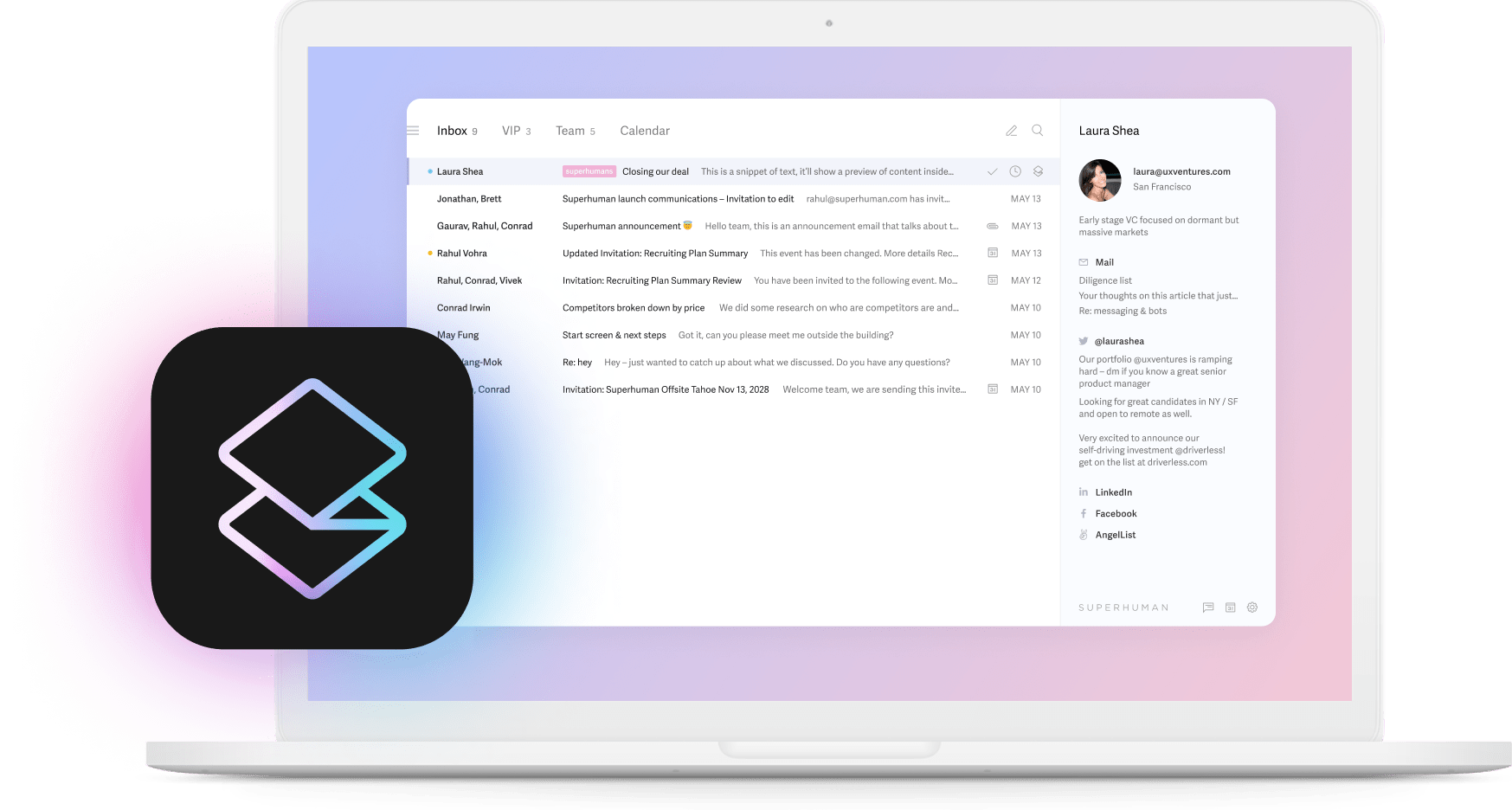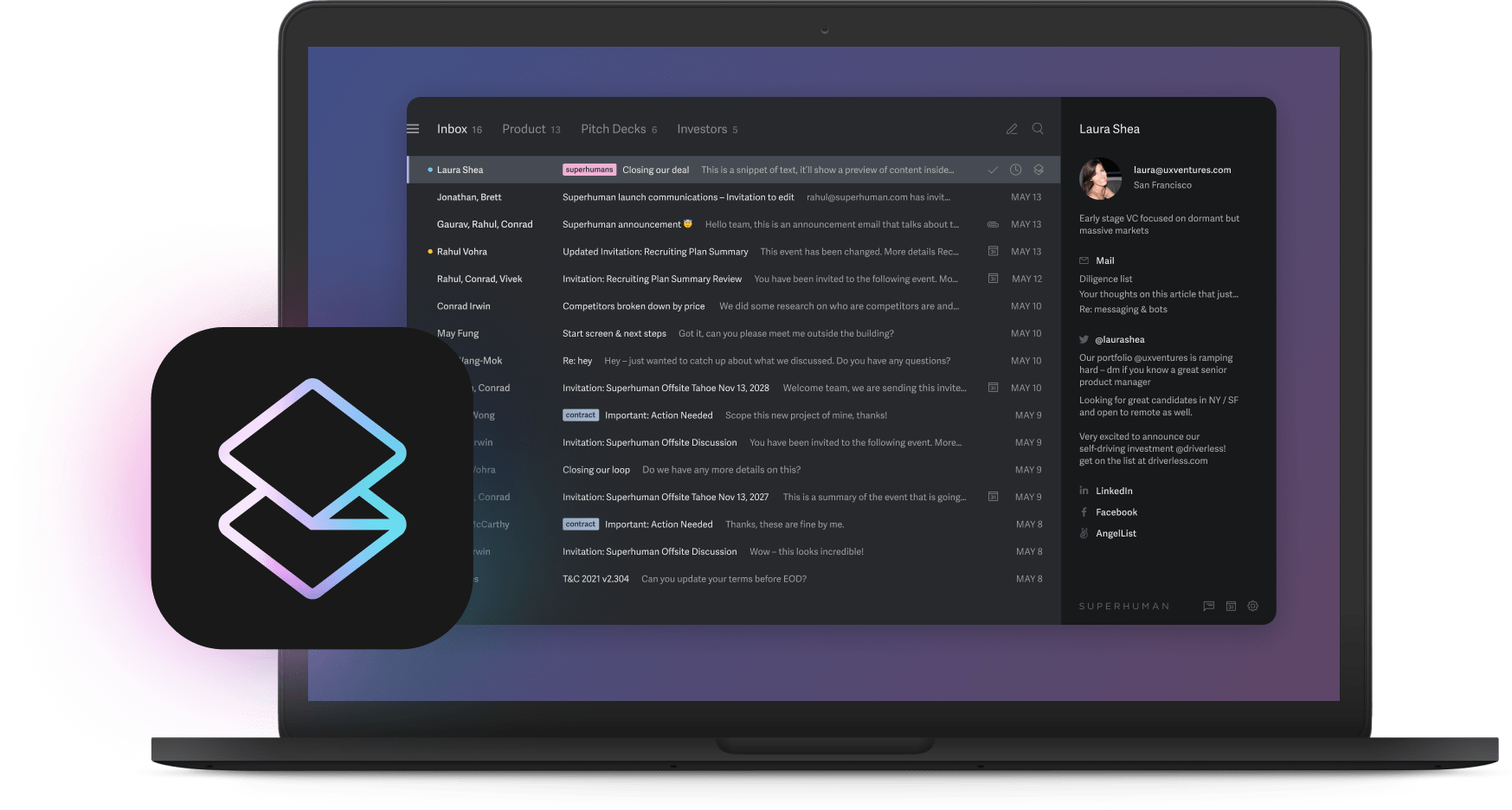
Ever notice how Netflix knows exactly what show you want to watch next? Or how Amazon suggests the perfect product you didn't even know you needed? That's artificial intelligence working behind the scenes to understand what you want before you ask for it.
The expectations have completely shifted. 71% of consumers now expect personalized interactions from every company they deal with. We're used to apps that remember our preferences, websites that adapt to our behavior, and services that feel like they were built just for us.
That's where AI becomes essential. It solves the scale problem while making every interaction feel intentional and valuable. We've identified ten ways smart companies use AI to completely transform how customers experience their brand.
These aren't theoretical concepts. They're proven strategies delivering measurable results right now. Each approach shows how AI can improve customer experience by making interactions more personal, responsive, and helpful.
1. Personal experiences for millions of people
Amazon knows you've been browsing coffee makers. It remembers you bought kitchen appliances before. It notices people with similar buying patterns also purchase certain brands.
Then it shows you exactly the coffee maker you'd probably want. That kind of intelligence pays off. This system drives 35% of Amazon's total sales.
Netflix takes this even further, with 80% of viewing coming from recommendations rather than search. Building this used to require massive engineering teams and custom code. Now companies can use platforms like Dynamic Yield, which powers real-time personalization across websites, apps, and email.
The platform looks at customer behavior, purchase history, and signals to create personalized product recommendations, content, and offers. Their machine learning gets better over time by learning from customer interactions. What makes this so powerful is the shift from broadcasting the same message to everyone to creating millions of unique conversations.
AI makes this possible by finding patterns humans would miss and applying them at scale.
Quick-start approach: Choose one channel with rich customer data, like email or your mobile app. Set up AI recommendations and measure engagement improvements before expanding to other touchpoints.
2. Support that never sleeps
Most customers expect help 24/7, but staffing around the clock costs a fortune. 72% of customers expect immediate service, creating an impossible staffing challenge for traditional support models. That's where AI chatbots come in.
They handle routine questions so human agents can focus on complex problems that need empathy and creative thinking. The results speak for themselves because companies using conversational AI see customer satisfaction improvements as wait times disappear and service quality stays consistent. The technology has evolved far beyond simple scripts.
Companies across industries are using AI-powered customer service systems to handle basic inquiries, product information requests, and routine support tasks. These systems can operate across multiple languages and time zones while maintaining consistent service quality. Take Intercom's Resolution Bot as an example of how good this has become.
Their platform uses natural language processing to understand customer intent, automatically resolve common issues, and seamlessly escalate complex problems to human agents with full conversation context. The bot learns from every interaction to improve response accuracy and can integrate with backend systems to perform actions like processing refunds or updating account information. Here's where the magic happens.
Customers want immediate help, while human agents have limited availability and inconsistent quality. AI bridges that gap perfectly.
Quick-start approach: Build a simple bot for common inquiries like order status, store hours, or basic troubleshooting. Deploy within 30 days and track how it affects customer wait times.
3. Fixing problems before customers know they exist
What if you could solve customer problems before customers even knew they had them? This might sound impossible, but predictive analytics makes it a reality by identifying trouble signals early and responding proactively. Here's how it works.
Salesforce Einstein Analytics makes this kind of predictive service possible at scale. The platform looks at customer behavior patterns, product usage data, and support interactions to identify customers at risk of churning. It automatically scores leads and accounts, predicts optimal next actions, and triggers workflows to engage at-risk customers before problems escalate.
Think about what this means for your business. Instead of responding to complaints, you prevent them. Instead of damage control, you create loyalty-building moments by demonstrating genuine care.
Quick-start approach: Identify one data signal that predicts customer problems, like declining usage patterns or missed payments. Set up automated alerts to trigger proactive outreach when these patterns appear.
4. Marketing that fits each person perfectly
Traditional marketing groups people by demographics like age, location, or income. But here's the problem with that approach: AI finds hidden behavioral patterns that matter way more than surface characteristics, and AI-powered segmentation improves campaign returns compared to demographic targeting. Look at how companies are doing this differently.
Nike creates personalized shopping experiences using AI to analyze customer data from its app and provide tailored product recommendations. Their Nike Fit technology uses computer vision to scan customers' feet for precise shoe sizing, addressing the fact that many people wear the wrong size shoe. Financial institutions use similar approaches, analyzing spending patterns to offer targeted rewards and products.
The results speak for themselves. Instead of broad campaigns that sort of work for some people, every message reaches people who'll probably find it valuable.
Quick-start approach: Use existing customer data to create AI-powered segments. Test campaigns on these new groups and compare performance to traditional demographic targeting.
5. Catching frustrated customers immediately
Customer emotions matter more than we usually measure. Someone might contact support about a billing question, but their tone reveals they're considering canceling their service entirely. That's exactly where AI sentiment analysis comes in, boosting satisfaction scores by detecting these emotional signals in real time.
Here's how this technology works in practice. The system reads emails, chat messages, and call transcripts to identify frustration, confusion, or anger as they happen. When negative emotions spike, it can immediately escalate to experienced agents or trigger retention protocols.
Companies monitoring social media for service complaints can reach out before customers even contact support directly. The technology has gotten incredibly good. MonkeyLearn's Sentiment Analysis provides real-time emotion detection across customer communications.
The platform analyzes text from emails, chat messages, and social media mentions to identify sentiment polarity and emotional intensity. Companies can set up automated alerts when negative sentiment is detected and route those interactions to experienced agents immediately. What makes this so valuable is how it bridges digital efficiency with emotional intelligence.
Traditional metrics tell you someone contacted support, while sentiment analysis tells you they're furious about it. That context changes everything about how you should respond.
Quick-start approach: Set up sentiment monitoring on your primary customer communication channels. Create automated alerts that notify supervisors when negative emotions are detected.
6. Quality control that covers everything
Traditional quality assurance samples a small percentage of customer interactions because human review takes time. But think about what you're missing when you only review 100 calls out of 10,000. AI analyzes all customer conversations, automatically scoring quality and identifying coaching opportunities in real time.
The scale difference is dramatic. Companies using AI quality assurance can evaluate 100% of customer interactions instead of the typical small manual sample. Balfour Beatty uses AI agents to identify quality assurance issues in testing and installation processes, finding AI particularly valuable for quality control and safety management.
The technology has evolved to provide real-time coaching, too. Cogito's Real-Time Guidance provides live coaching during customer calls by analyzing conversation dynamics, emotional cues, and agent performance. The system gives agents immediate feedback on their tone, pace, and approach, helping them adjust their communication style mid-conversation to improve outcomes.
Here's why this comprehensive coverage changes everything. When you can review every interaction instead of a tiny sample, you catch edge cases, identify training needs, and maintain standards that would be impossible with manual review.
Quick-start approach: Start with post-interaction analysis to establish baseline quality metrics and identify improvement patterns before moving to real-time coaching systems.
7. Smart routing that connects people correctly
Getting transferred between multiple agents who can't help you ranks among the most frustrating customer experiences. We've all been there, explaining our problem three times to three different people. Smart routing reduces handling times and improves first-contact resolution by matching customer questions to agents with relevant skills and experience.
The technology behind this is getting incredibly smart. Genesys PureEngage uses AI-powered routing that considers not just agent skills but also customer priority, emotional state, and conversation history. The platform analyzes incoming inquiries in real-time and matches them to the best available agent based on predicted success rates and customer satisfaction outcomes.
The benefits work both ways. You reach someone who can solve your problem on the first try. Meanwhile, agents handle cases they're qualified for, leading to faster resolutions and higher job satisfaction.
Quick-start approach: Implement AI routing for one communication channel first. Measure improvements in first-contact resolution and customer satisfaction before expanding to other channels.
8. Email tools that speed up responses
Fast, thoughtful email responses directly improve customer relationships, but crafting personalized replies takes time most teams don't have. Every customer email needs to sound professional, address their specific question, and maintain your brand voice. AI writing assistance maintains a consistent tone while reducing the mental effort required for each response.
Here's how the technology has evolved. AI tools learn from past communications to suggest replies that match individual writing styles, ensuring authentic communication at scale without sacrificing personalization. Smart prioritization helps teams focus on high-impact messages first, while collaborative features eliminate delays from switching between platforms.
The results are impressive when you see them in action. Teams using AI email tools save significant time while delivering faster, more thoughtful responses to customers. These systems can integrate with customer data to provide context-aware suggestions and automate routine responses while preserving the human touch for complex communications.
Superhuman shows this approach as an AI-native email client that helps teams save 4 hours per week, respond 12 hours faster, and reply to twice as many emails in the same amount of time. Features like Split Inbox automatically separate important customer communications from routine notifications, ensuring critical messages get immediate attention instead of getting buried in overwhelming inboxes. Shared Conversations enable collaborative decision-making directly within email threads, eliminating delays from switching between platforms.
What makes this so powerful is how it works both ways. Employees save time and reduce email stress, while customers receive faster, more thoughtful responses that strengthen relationships and build trust.
Quick-start approach: Test AI email tools with a small team for 30 days. Measure improvements in response times and customer satisfaction scores before rolling out more broadly.
9. Offers that make sense right now
Generic promotions annoy customers and waste marketing budget. We've all received those emails promoting winter coats in July or discount codes for products we'd never buy. Personalized offers generate significant revenue increases when delivered with relevant context and perfect timing.
The technology behind smart offers has gotten incredibly good. Smart algorithms continuously test and improve offers based on purchase history, browsing behavior, inventory levels, and external factors like weather or season. Amazon's recommendation system considers multiple data points to suggest complementary products at optimal moments in the customer journey, while financial services companies provide product recommendations based on customer spending patterns and stated goals.
Platforms like Dynamic Yield's Experience Optimization make this level of sophisticated offer generation possible through machine learning algorithms that test thousands of variations in real-time. The platform personalizes product recommendations, promotional offers, and content based on individual customer profiles and contextual signals like device type, location, and time of day. What makes this so effective is how the technology considers factors human agents might miss, like seasonal purchasing patterns, inventory constraints, or complementary product relationships.
Every offer feels helpful rather than sales-driven.
Quick-start approach: Implement AI recommendations in post-purchase communications where customer engagement runs high and receptivity to additional offers comes naturally.
10. Learning from every customer conversation
Customer feedback used to disappear into databases where nobody could process it effectively. Support tickets, survey responses, and social media mentions pile up faster than any human team can analyze. Machine learning transforms massive volumes of unstructured feedback into actionable insights that drive continuous improvement.
Take Netflix as a perfect example of how this works. They analyze viewing patterns and user feedback to guide content development decisions. They don't just track what people watch but understand how people engage with content and use those insights to create better shows.
Companies using continuous learning loops identify emerging customer needs before they become widespread problems. The technology for this has become incredibly powerful. Medallia's Experience Cloud captures and analyzes customer feedback across all touchpoints using natural language processing and machine learning.
The platform automatically identifies emerging themes, sentiment trends, and operational issues from millions of customer interactions, then generates actionable insights and alerts for relevant teams. What makes this so valuable are the patterns you'd never catch manually. Topic-modeling dashboards automatically extract themes from customer conversations across all channels.
These reveal patterns that traditional analysis methods miss completely, and the insights inform everything from product development to training programs.
Quick-start approach: Implement regular analysis of themes automatically extracted from customer interactions. Focus on actionable insights that can drive immediate improvements in customer experience.
What this means for your business
These ten strategies show how AI transforms both operational efficiency and human connection in customer experience. The most successful implementations combine technological capability with strategic thinking, focusing on measurable outcomes rather than adopting technology because everyone else is doing it. Start strategically.
Choose one initiative from this list that aligns with your current customer experience priorities and organizational capabilities. Measure impact carefully, gathering both quantitative metrics and qualitative feedback from customers and team members. Use these insights to refine your approach before expanding AI efforts to additional areas.






